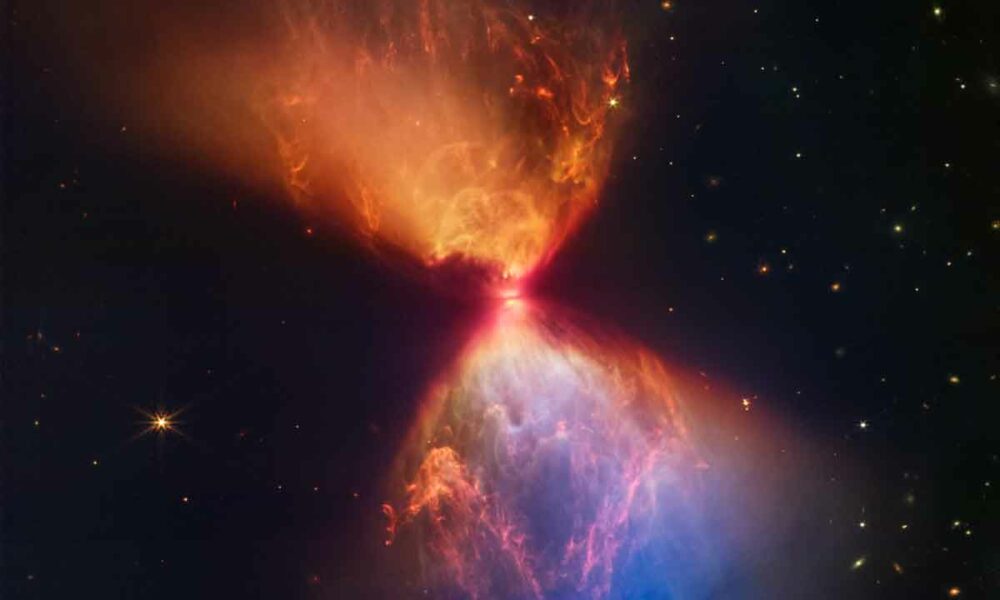
No, don’t be afraid, I’m not going to talk about Judy Garland or Lady Gaga, but about one of our favorite gadgets, the James Webb, our new eyes in space, which now share the limelight with those of the veteran and always beloved Hubble, who for decades has allowed us to see the Universe and, even more importantly, since ours is simple delight, has revolutionized the history of astronomy throughout his 33 years of service (and counting). Now, luckily for us and the scientific community, both space telescopes allow us to see far beyond where the eye can see.
How you remember, It’s been a little over four months now since, after the long and complex commissioning process of the James Webb was completed, we were finally able to observe (with our mouths open, at least in my case) the first final images captured by the telescope. And yes, I say final because previously NASA had already shared some previous image, but they corresponded to performance tests and the calibration of the various instruments that make it up.
Since then, and despite the incidents, the James Webb has been working at full capacity. In fact, its work schedule is overbooked, as it is the way of its managers to ensure that, if for any reason not attributable to the telescope, a scheduled task cannot be carried out, the James Webb does not stand “idle by.” , thus wasting the time assigned to said task in planning.
Of the images that we have been able to see so far, without a doubt the most iconic is that of The Pillars of Creation, which were already captured by Hubble back in the distant 1995 and which, with the modern instruments of James Webb, they are even more spectacular. And it is that beyond its beauty, it is considered to be an important source of star creation. If you don’t know his story, I highly recommend reading the article by our colleague Juan that I have linked in this very paragraph.
Well, if The Pillars of Creation shows us a “source” of stars, the latest capture published by NASA takes us from the forest to one of the trees. And it is that what the James Webb has captured and we are witnessing is the birth of a star. More specifically, we see a protostar within the dark cloud L1527. We are talking about a fairly young star, since L1527 is only about 100,000 years old. To make a close comparison, we must remember that the Sun is about 4.6 billion years old.
The protostar is the earliest phase of star formation. At this stage they do not yet generate energy through nuclear hydrogen fusion, it is shrouded in a thick, dark layer of dust and gas, and it will still have a long way to go before it reaches the state necessary to be considered a star. Therefore, thanks to this new capture of James Webb, the scientific community will be able to advance substantially in the knowledge about the process of star formation.
Image: NASA, ESA, CSA and STScI. Image processing: J. DePasquale, A. Pagan and A. Koekemoer (STScI)



